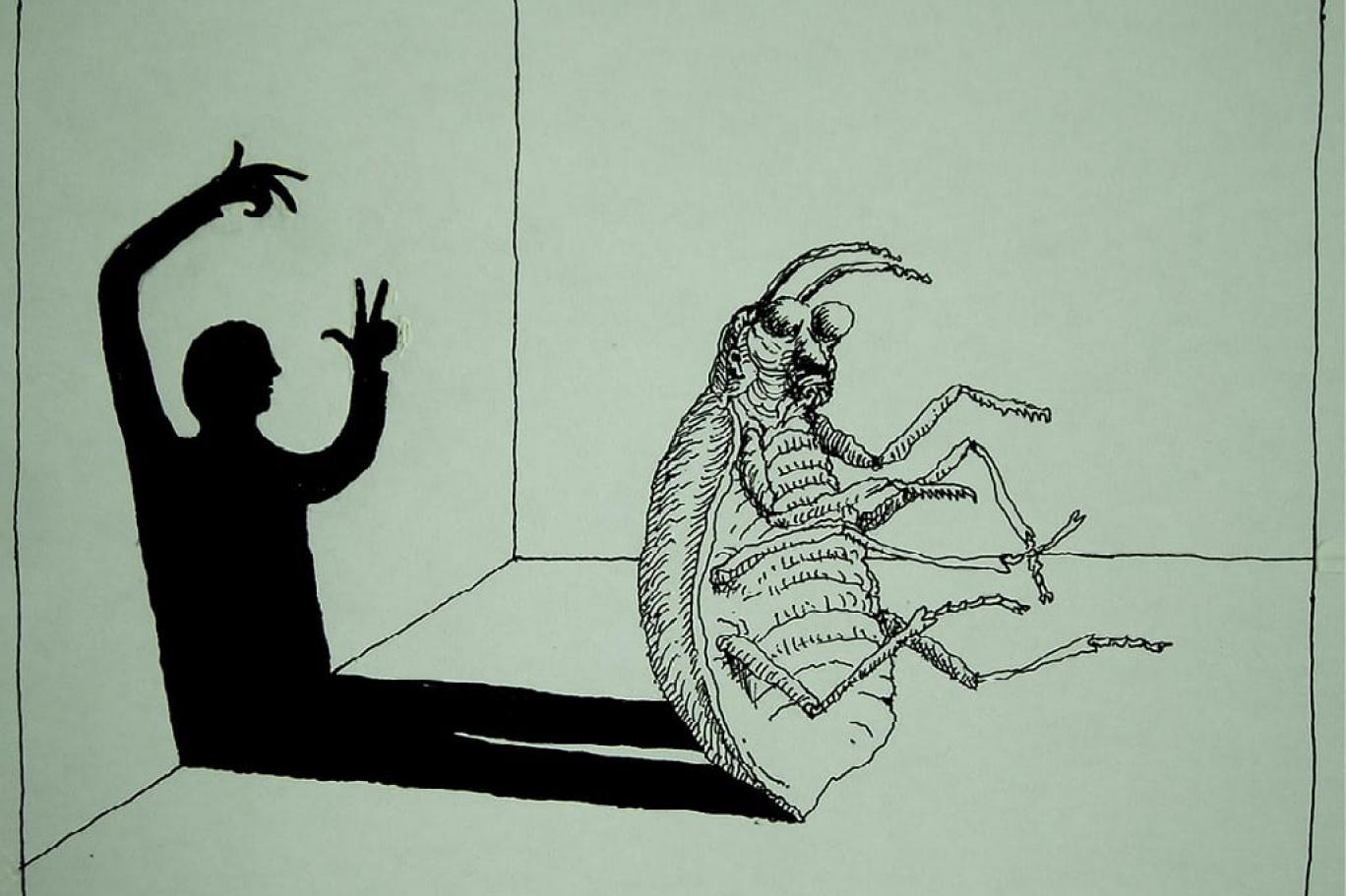Who is Gregor Samsa and why did he turn into an insect?
The most famous of Franz Kafka's gifts to the world of literature was undoubtedly Gregor Samsa, who turned into an insect. Metamorphosis has become a reference that literature enthusiasts cannot escape, as it shows in the most naked way the sharpest form of alienation that a person can experience.

When Gregor Samsa wakes up early one morning, he sees himself as an insect. Thus begins the novel. When we take a look at Samsa's life, which continues with an apple rotting on his back and ends with his death, we see him as a copy of Kafka.
Samsa, who has to work because of his parents' debts, feels obliged to work to pay off the debts, even though he accepts that he has turned into an insect.
In the same letter to his father, who appears as a "despot" in the Letter to My Father, Kafka writes that he is indebted to him for taking care of him until now. And that he has to pay his debt. Samsa, who had to work to pay off his father's debt in The Change, is actually nothing more than the mirror image of Kafka, who considers himself indebted to his father.
Metamorphosis (German: Die Verwandlung) is a novella written by Franz Kafka and first published in 1915. One of Kafka's best-known works, Metamorphosis tells the story of salesman Gregor Samsa, who wakes one morning to find himself inexplicably transformed into a huge insect (German: ungeheueres Ungeziefer, lit. "monstrous vermin") and subsequently struggles to adjust to this new condition. The novella has been widely discussed among literary critics, who have offered varied interpretations. In popular culture and adaptations of the novella, the insect is commonly depicted as a cockroach.
His father's debt in the first case and his debt to his father in the second prevent him from being that. In order for Kafka to live as Kafka and for Samsa to live as Samsa, they must escape from the unhappy environment.
In Change, the boss comes home after Samsa does not go to work and sees that Samsa has turned into an insect, so he throws himself out of the house in fear for his life. Even in this situation, Samsa wants to go after the boss. This is because he wants to pay off his family debt. However, this desire is prevented by the household. Again, one day, Samsa wants to help his mother, but this results in his mother getting sick. After his mother's illness, this wish is prevented by his father. Samsa is stuck inside with a stick. Because they don't want him to embarrass themselves.
Apple is mentioned in religious texts with the expulsion of Adam and Eve from heaven. Even though it was forbidden, Adam and Eve could not stay away from this apple. Finally, the apple is eaten. In fact, the apple is symbolic in these texts. The real "secret" is the union of two people. What is forbidden is the desire of the two to unite. Kafka, who knows the Torah well, symbolizes the apple with unity.
When we return to the book, Samsa, who is imprisoned in a room and deprived of all his freedom because he is imprisoned in a room, thinks that he needs to escape from this situation, so he attempts to leave the room. The family in general, and the authoritarian father of the family in particular, do not want this. An apple is thrown at Samsa by his father as he tries to leave his room. The first apple thrown does not hit. The "second thrown apple" gets stuck in his back, rots on his back, creates a wound, and eventually Samsa "dies" from this wound.
